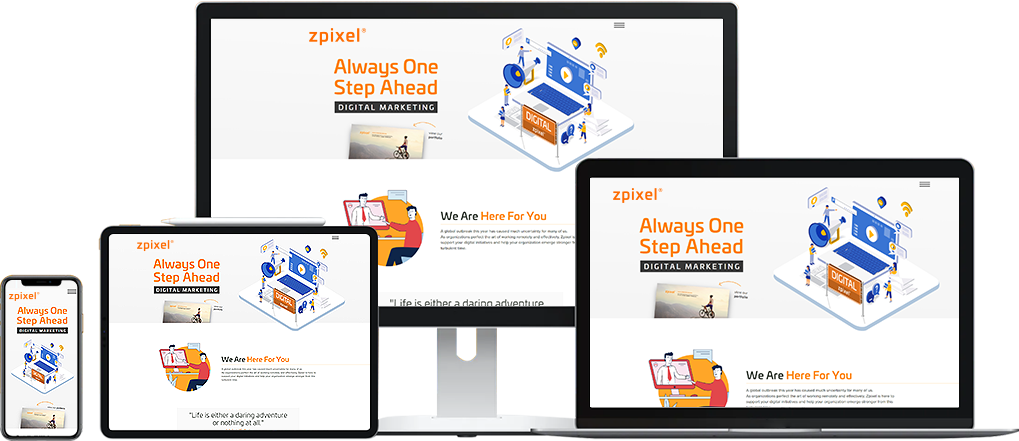A content management system (CMS) is an application used for creating, editing, publishing and managing digital content on a website. It grants access to multiple contributors who can remotely and individually modify content on the website.
In a nutshell, the CMS is the interface or presentation layer of your database which contains important information from your business. Databases aren’t easily intelligible for non-technical users, like your marketing or sales team, thus having an intuitive CMS empowers everyone in your organization to be able to contribute and manage your website’s content efficiently.
Below are the most popular CMS offerings widely used across the Internet’s websites.
| 2010 1 Jan |
2011 1 Jan |
2012 1 Jan |
2013 1 Jan |
2014 1 Jan |
2015 1 Jan |
2016 1 Jan |
2017 1 Jan |
2018 1 Jan |
2019 1 Jan |
2020 1 Jan |
2021 1 Jan |
2021 6 May |
|
| WordPress | 51.0% | 55.3% | 54.3% | 54.8% | 59.8% | 60.7% | 58.8% | 58.5% | 60.0% | 59.7% | 62.1% | 64.1% | 64.8% |
|---|---|---|---|---|---|---|---|---|---|---|---|---|---|
| Joomla | 12.0% | 10.9% | 9.5% | 8.7% | 9.3% | 8.6% | 7.5% | 7.2% | 6.5% | 5.4% | 4.6% | 3.6% | 3.3% |
| Shopify | 0.3% | 0.7% | 1.0% | 1.3% | 1.8% | 2.6% | 3.4% | 5.2% | 5.5% | ||||
| Drupal | 7.1% | 6.1% | 6.5% | 7.2% | 5.5% | 5.1% | 4.9% | 4.8% | 4.6% | 3.5% | 3.0% | 2.5% | 2.3% |
| Squarespace | 0.2% | 0.2% | 0.1% | 0.3% | 0.5% | 0.8% | 1.1% | 1.5% | 2.6% | 2.7% | 2.3% | 2.6% | |
| Wix | <0.1% | 0.2% | 0.3% | 0.4% | 0.6% | 0.9% | 1.8% | 2.3% | 2.4% | 2.5% | |||
| Blogger | 2.7% | 3.0% | 3.5% | 3.3% | 2.9% | 2.7% | 2.4% | 1.9% | 1.4% | 1.5% | 1.6% | 1.5% | |
| Bitrix | 0.8% | 0.9% | 1.0% | 1.0% | 1.1% | 1.3% | 1.4% | 1.5% | 1.2% | 1.5% | 1.7% | 1.6% | |
| Magento | 2.7% | 2.8% | 2.9% | 2.7% | 2.4% | 1.9% | 1.5% | 1.2% | 1.1% | ||||
| PrestaShop | 0.9% | 1.1% | 1.2% | 1.3% | 1.3% | 1.3% | 1.4% | 1.1% | 0.8% | 0.8% | |||
| TYPO3 | 4.2% | 2.6% | 2.0% | 2.1% | 1.6% | 1.6% | 1.5% | 1.4% | 1.5% | 1.3% | 0.9% | 0.5% | 0.5% |
| OpenCart | 0.9% | 1.0% | 0.9% | 0.8% | 0.8% | 0.8% | 1.0% | 1.0% | |||||
| Weebly | 0.1% | 0.3% | 0.4% | 0.4% | 0.4% | 0.4% | 0.7% | 0.6% | 0.5% | 0.5% |
Many of the popular CMS offer a wide variety of templates and themes that allow users to create beautiful websites without requiring in-depth knowledge of front-end development, especially for basic websites. From the chart above, Wordpress is easily the most popular CMS around and its market share dominance means that there is a large existing repository of plugins that can serve functions you require in your new website. However, for more complex functions required by different businesses, for example an ecommerce site, there needs to be integration with plugins and/or custom modules that serve a function specific to your website. Sites such as Shopify, Magento, and Wix are specially designed to support e-commerce. If your company wishes to integrate the site with other programs such as CRM, ERP or analytics (eg. Salesforce), you’ll need to consider a CMS that is able to support the integration. There are also CMS such as Sharepoint which are ideal for secured intranet usage only accessible by employees of an organization.
On the other hand, there are proprietary solutions such as Microsoft’s Sharepoint which has a dedicated official tech support to help you develop your website. In particular, Sharepoint is built for large organizations that have high security requirements and a high-volume of documents. As a closed-source solution, the code is closely guarded and can only be edited by the original authors, Microsoft. For such solutions, it requires specialists who have a niche in development of that particular CMS to get your site in peak condition.
There are many available solutions in your search for a CMS but the key is in choosing one which is best suited for your business’ needs. For example, it is probably possible to design a large e-commerce site using Wordpress. However, the amount of plugins and custom development required to achieve this makes the development process costly and counter-productive, and might lead to performance issues when it comes to the loading speed of your website. There might be better existing solutions to your requirements and you can compare the various CMS here: https://www.trustradius.com
Explore Our Work
View our portfolio